The Pull - Anvil Training Series Article 2
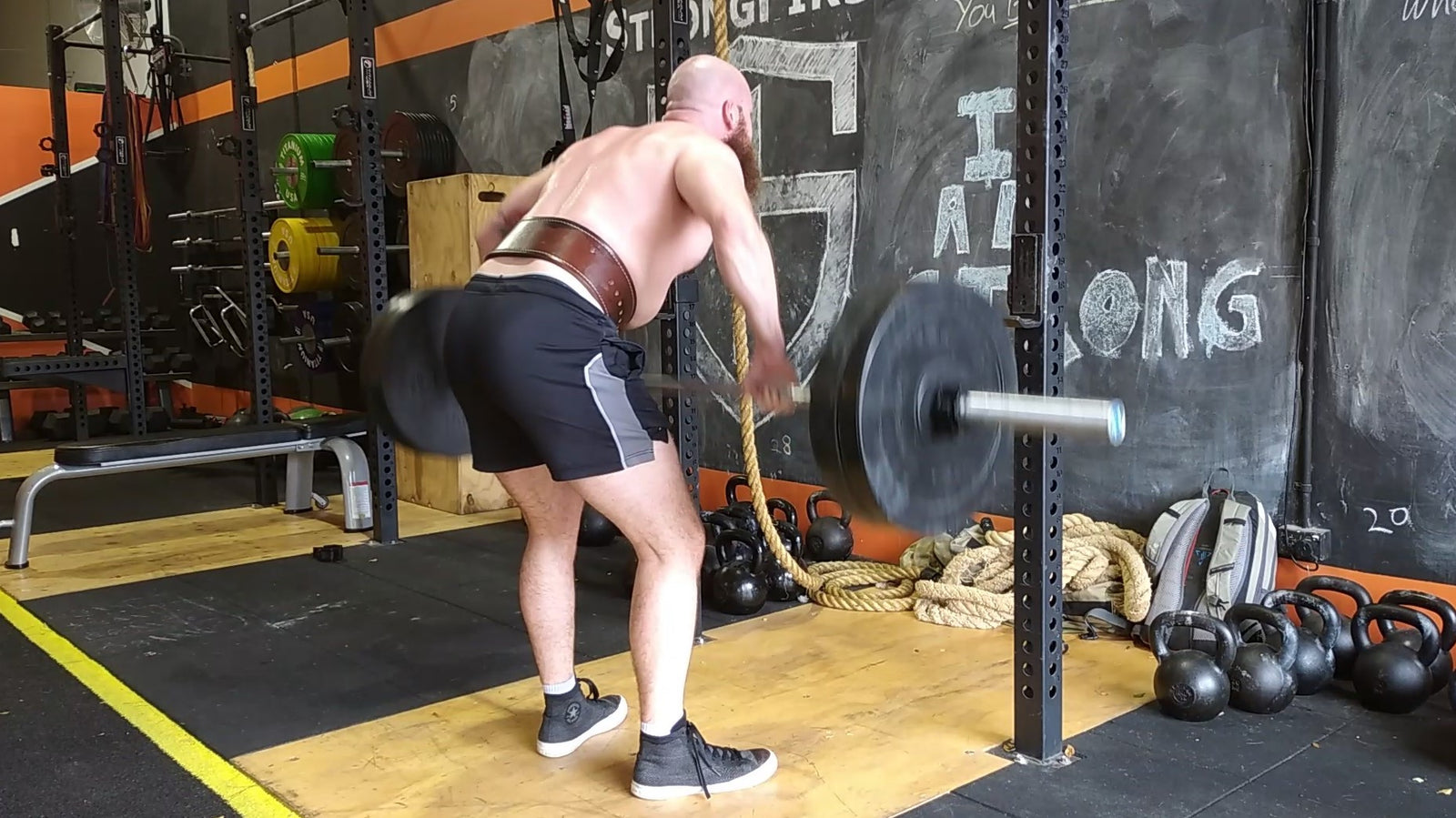
An Anvil Training Article by Marshall Officer
What is the Anvil Training Series?
The Anvil Training Series is a series of 12 articles throughout 2020 about key training concepts, written for the general reader. Physical training, in some form or another, should be a part of everyone’s life. Most of the basic concepts are very easy to understand and implement, although these days the industry has become muddied with complicated variations of basic concepts that can make choosing how to train quite intimidating. These articles are here so that you don’t need a degree and ten years’ experience to separate what matters from what doesn’t, and aim to help you navigate the muddy and ever-changing waters of the online fad fitness industry.
What is a pull?
If you read my first Training Series article on The Push, you will be familiar with the layout of this article. I’m not here to tell you anything new or groundbreaking. In fact, many of you who read this article are probably very familiar with a variety of Pull movements - and you probably train them at least once a week (I hope!). Instead, my goal is to help everyone have a slightly better understanding of WHY you should be doing pull movements, and help you make more informed choices on the types of pulling movements you include in a program to help achieve your goals. I also hope to dispel a lot of the bullshit surrounding these movements by keeping this information as simple as possible, rather than getting bogged down in complicated arguments about which pulls are “better” and which ones are more likely to lead to injury. The definitive answer to both of those arguments is always: It depends on your goal, and how you go about doing them.
So, what is a pull? Well, if you read the last training series article (and I highly recommend you do, even if purely out of my own shameless self-interest in you reading my articles) - a pull is the opposite to a push. I know, I know - you’re probably shaking your head and wondering why you even bothered reading this if I’m just going to tell you what you already know. Well, stay with me, because even if it seems obvious - we are going to go a little deeper. Just as a push is comprised primarily of extensions, the pull is primarily completed with flexions (yes, some of the biggest gym-related pulls contain extensions, but I’ll get to that later). A flexion, in simpler terms, is the action of a muscle engaging to close the angle at a joint. The easiest way to picture this is with a bicep curl, probably one of the most basic weight-related examples of The Pull. If you don’t do bicep curls - why not? (Just kidding, at Anvil we totally know quivering quads are way more impressive than bulging biceps!) - I guarantee you are still pulling every day. Ripping open your car door at 8.55 am after snoozing your alarm 3 times? That’s a pull. Opening your fridge for a late-night snack? That’s a naughty pull. Reclaiming your covers from your partner at 2 am? That’s the kind of pull you want a double bodyweight deadlift for!
Where does the pull originate from?
In Training Series 1, I covered the body having a front and a back (known in basic anatomical terms as an anterior and posterior, respectively). If the Push generally originates from the anterior (front) of your body, then the Pull is the work of the posterior - your back. The posterior chain, which describes the powerful chain of musculature running from the backs of your knees up to the upper middle of your back, and the muscles of your upper back, running outwards from your spine to your shoulders, are our prime movers responsible for most of your body’s pulling movements. The main outlier for upper body pulls are your biceps, which are the primary muscles responsible for flexing the arm. Just like our triceps (a posterior muscle) contribute to most upper body pushes, the biceps are an anterior muscle doing a lot of pulling for the upper body.
Looking closer, it is important to understand the difference between upper body and lower body pulls - and how the specific movement plays a part in day to day strength, stability, and whatever goals you may be trying to achieve. The upper body pull is the easiest to picture, because it is used more by the general population and tends to fit the definition of a typical “pull” than the lower body pulls do. Why? Well, you can do it sitting at your computer or holding your phone right now. Extend your arm, with your fingers outstretched. Now close your hand, as if you were gripping the fridge door at 2am, holding those dessert leftovers you promised you would save for tomorrow. Now - open that imaginary (or very, very real) fridge door. Your arm has moved towards your body, your shoulder blade (hopefully) retracting as your elbow passes the midline of your body. Touching that upper arm, your bicep should feel active and contracted, and if you could reach behind yourself - the muscles in your upper back running from behind your shoulder towards your spine would feel the same way. Whether you use one or both hands, you can pull horizontally or vertically (like in a chin up, pull up, or heave), or even pulling from your waist to your chin (like in an upright row, or when you want to get really cosy under the covers on a cold night) - and a similar thing will happen. This is called flexion.
A lower body pull happens the same way, however - it is harder to picture because you can’t grip things with your toes (unless you resemble more monkey than Homo sapien). So, imagining a lower-body “pull” simply isn’t as easy to visualise. If I asked the general gym community to name a lower-body pull, most would say one thing. That’s right, you guessed it - the deadlift. However, the deadlift is actually a lower-body push (and an upper-body pull), which I will get into later. So, what is a lower-body pull? Well, any action of drawing the knees towards the chest is technically a pull. This happens when you run, jump, lower yourself into a chair, walk upstairs, or curl up into a ball on Sunday morning after a big Saturday night. When this happens, your hamstrings are the muscles doing most of the work, as they are the prime movers for knee flexion - with your hip flexors coming in close second as another cheeky anterior(ish) muscle group that contract and close the angle between your thigh (your femur) and abdomen at the hip joint.
What is the pull good for?
We could spend an entire article discussing the benefits of the pull, but there is one particular reason to which I want to draw attention. A strong pull can turn an athlete from good to great, has practical applications in a range of sporting disciplines, and will benefit the average person extensively (those fridge doors always seem heavier when you are in a hurry to get to the treats) - but none of these are my main concern. In my opinion, the one thing that rises above the rest is balance. Pushing movements dominate our lives. The anterior side of the body is what we see in the mirror every single day. It is, by default, our focal point. Pushing is easier than pulling because the act of pushing feels easier: we are able to recruit both lower and upper body in unison to push. But, pulling with both lower and upper body results in our bodies curled up in a little ball, and there aren’t many situations where this is helpful. Most of our day-to-day pulls are an upper-body pull, potentially combined with a lower-body push for some extra force generation - because the best leverage we can usually achieve is against the ground (thanks to gravity). Our strongest “pull” in the gym is a deadlift, and that is the perfect example of an upper-body pull with a lower-body push.
So, what do I mean by balance? Well, the posterior side of our body isn’t getting half the attention of the anterior side. This tends to result in imbalances, with anterior muscle groups becoming stronger than their posterior counterparts. For the average human being who spends their day sitting at a computer in an office, shoulders hunched, lumbar spine rounded, and hamstrings disengaged - the body naturally develops weaknesses in the upper back muscles, the core, and the backs of the legs, whilst developing tightness in a lot of the muscles on the front of the body. The best way to fix these weaknesses and imbalances is to train them, turn them into strengths, and watch all the resulting pains and injuries fade away. If I could recommend only one reason to train the pull (twice as much as the push, as a very general guide) - it would be to balance out all of those imbalances the average human being spends the other 23 hours a day out of the gym building up.
How can you train the pull?
Training the pull isn’t quite as clear as the push, but I want to try to make things as simple as possible. Pulls can be split into upper- and lower-body - with lower-body pulls being trained differently to upper-body pulls, pushes, and lower-body pushes. Why is this? As I explained earlier, the lower body pull is the act of drawing the legs up towards the body, and because our feet are not able to grip things like our hands can - this can be a tricky movement to load in the traditional manner. Starting with the most basic pulls, upper-body pulls are generally compound movements - purely because they tend to involve the elbow and shoulder joint no matter how we load them. Three general ways to load the upper-body pull are vertical (down), vertical (up), and horizontal. For example, a vertical (down) pull would be any movement where your hands start above your head and finish around your upper chest/chin - pulling “down”. The easiest movement to visualise here would be a pull-up, chin up, or heave. This movement uses the lower muscles in your upper back (predominantly your lats), and your biceps, to complete the movement. The vertical (up) pull is the opposite of this - where your hands are down by your waist, and you are bringing them up towards your chin. The Upright Row is probably the best example of this, and will focus on the muscles along the top of your upper back and shoulders (the delts and upper traps), and once again - your biceps. Finally, the horizontal pull, which has your hands out in front of you, pulling back towards your chest. Any seated row, or the bent-over row, is a good example of this movement. The main muscles getting worked in this movement are across your upper back (including traps, lats, rear delts, rhomboids, infraspinatus, and supraspinatus), and your biceps. Any variation to these three angles will result in recruiting a combination of these muscle groups, and for the general population - a combination of pull angles is best to ensure you aren’t missing any particular group. If you have specific goals, sometimes focusing on one type of upper body pull will be a more efficient use of your time, but never forget the importance of balance in your overall health!
When training the lower body pull, the question should first be asked: “what do I want to achieve?” This is a question you should ask for all your training related adventures, but the only loaded movement that really mimics drawing the legs up to the chest is the hamstring curl - and unless you have had a specific hamstring related injury or you are a competitive bodybuilder, this movement is too isolating to be a staple part of your training program. So what can you do? For posterior strength, the eccentric part of most lower body pushes is the best place to develop your lower body “pull”. Controlled descents in your squat and deadlift, or what are known as slow tempo eccentrics (lowering the weight for a longer period of time), are some of the best methods for engaging those lower body pulling muscles. Hyperextensions and reverse hyperextensions can be modified to place the strain on the erectors (lower back), glutes, or hamstrings, depending on where you emphasise your hinging movement. Romanian deadlifts and good mornings can be done to place isometric (static holding) strain on posterior muscles groups, so instead of generating force from a contraction that closes the angle of a joint - you are contracting a muscle to hold a joint at a specific angle despite the load placed on it. If you are after fast-twitch muscle development (i.e. being able to recruit muscles faster) - you can train sprints on flat or hilly terrain, or high box jumps, to really put some emphasis on your leg “pulling” muscles.
Finally, we should cover off on the king of all “pulls” - the Deadlift. I will be writing an entirely separate training article on this subject, so stay tuned - but if you think you are training the pull and you are only doing deadlifts, you are doing your body a disservice. The deadlift is a combination of a lower-body push and an upper body (mainly isometric) pull and is generally only called a pull because it looks like you are pulling a weight off the ground (when in fact you are actually pushing with your legs and holding your upper body as tight as possible). When you deadlift, if you really want to train those pulling muscles, you need to lower that weight under control and with as much emphasis on perfect form as you do when you try to pick it up. If you think ripping up a big weight and dropping it (lowering without control counts as dropping it as far as neuromuscular engagement goes), you are actually just pushing big weight and not training those pulling muscles as much as you could be. Funnily enough, the squat is probably a better lower body “pull” exercise - purely because lowering the weight under control does more for those lower body pulling muscles is than dropping a heavy deadlift does!
Some basic movements that have really helped me work out imbalances and develop strong pulling muscles:
- Every time you do an upper-body push set - do a set of 5-8 (or max, if still learning) pull-ups (heaves) straight after. If you can’t do pull-ups, this should be your entire focus until you can do at least 3 sets of 8-10 with perfect technique. Pull-ups are an underrated tool for destroying upper-body imbalances.
- Pause Squats! (This includes box squats if you lower slowly and stay tight at the bottom)
- Slow and controlled straight leg deadlifts or good mornings should be a part of every leg day.
- Master the bent-over row. Technique is number one for this movement, but it is an amazing developer for upper and lower body pulling strength.
Common injuries and imbalances
I touched on this earlier, but to put it as simply as possible: the common injuries and imbalances associated with your pulling muscles occur because they don’t get the attention they deserve. You can’t easily see them in the mirror, so they tend to fly under the radar or go unnoticed. You might do hammstring curls at the gym every week - but how often do you flex your hammies in the mirror to see how big they’ve gotten? So, even if you are giving them a little bit of attention every week - the focus and intensity you train them with just isn’t as strong, because it’s harder to notice results! This goes for all those posterior muscles (except glutes, mainly for women. Sorry for generalising, but how many of you blokes are pulling a sick booty flex on the ‘gram every week? Women pay attention to that body part, so they train it better than most men do. Get over it.) Even if your goal is strength, this will still apply. I would be willing to put bets on the table that most people who train for strength in the gym know exactly what they deadlifted last time they were there - but could you tell me your 1, 3 and 5 rep max for a lat pulldown, weighted pull up, bent over row, or slow tempo good morning? Those people do exist, but they are few and far between. Unless you are taking the time every week to put that focus and intensity into training your back and posterior chain, you probably have some form of the more common imbalances. Knee pain when you squat, lower back pain when you sit for extended periods of time or walk without a rest, hamstring inflexibility or pain at the ends of your range of movement, difficulty walking up hills/stairs, or a slouched upper back or poor standing and sitting posture are all signs that your posterior chain and upper back could probably do with some more attention! I’m no doctor, but I was in the army for a long time, and myself and everyone I know had some form of knee, back and shoulder pain or injury. We also didn’t train our posterior chain with nearly as much focus and intensity as we trained those anterior dominated pushes. Now that I’ve left the army, I have multiple experiences where posterior chain strength development has led to recovery or significant improvement in these common trouble areas - and the science is there to back it all up. If Louie Simmons can use reverse-hyperextensions (technically a “pull” for your lower back, and an awesome isometric developer for hamstrings and upper back) to recover from broken back, as well as set new powerlifting records for his weight and age class not once, but twice - then you can improve that posture, take active steps to minimise shoulder or lower back pain, and help with knee stability/strength by training your back(side) twice as much as the front!
Conclusion
Even though my goal has been to turn a complex topic into a (more) simple one - I realise this article has been quite long. I don’t apologise for the length - as the pull and the posterior chain is often ignored despite it being so important for helping with many day-to-day trouble spots, injury prevention, or just general health and wellbeing. For those of you that made it all the way to the end, thank you and I hope you learned something. If not, you can come train with me and teach me instead. And if you’ve already forgotten what you read, here are the main takeaways:
- As a general rule, train twice as much back as your front.
- Do lots of pull-ups - if you can’t, make them your priority. If you are learning, look up pull-ups with bands (some articles below), and start slow with a focus on technique. Don’t add weight until you can do 3 sets of 10 with strict and perfect form and a full range of movement.
- If it’s “pull” day, the bent-over row with perfect technique will do more for your full body pulling muscles than deadlifting and dropping the weight will. Alternate your deadlifts and squats on leg day instead. (Powerlifters, please don’t burn me at the stake for this - deadlifts are very important, but if you aren’t using a strength rep scheme for bent-over rows in your program, give it a try. I bet all three of your lifts go up.)
- Place the same focus and intensity on your back training as you do for your front. Your posture, spine health, and knee strength/mobility will thank you.
Remember - truly strong people pull in the gym, not at the bar.
Train Smart. Train Hard.
Further Reading:
For Learning About the Olympic Weightlifting Pull:
- McClure, R., and O. Whaley. Another perspective on teaching the pulling movements. Strength Cond. 19(2): 58–61. 1997
- Jones, L. The pulling movement. NSCA J. 13(6):14–17. 1991.
For Learning About Deadlift Technique
- https://www.elitefts.com/education/get-stable-get-strong-pressing-pulling-and-squatting/ , “Pulling” - Akash Vaghela
For General Information on Pulling
- http://breakingmuscle.com/strength-conditioning/strength-routines-for-developing-a-strong-and-healthy-upper-back
- http://rpm-therapy.com/2012/posterior-chain-muscles-glute-function/
- http://boxlifemagazine.com/strengthening-your-posterior-chain/
- http://www.aworkoutroutine.com/movement-patterns/
- https://www.fix.com/blog/the-importance-of-pulling-exercises/
For Information About Chin/Pull Ups
- https://www.elitefts.com/education/chin-ups-at-a-higher-bodyweight/
- https://www.elitefts.com/education/training/afraid-of-pull-ups/
- https://www.elitefts.com/education/training/how-to-do-more-pull-ups/
About Us
Anvil Training and Development is a group of Australian veterans who care about the physical and mental health of veterans and emergency service workers. We’re passionate about ongoing education and working with others to implement positive change.
Instagram: Anvil Training & Development - @anvil.td
Facebook: Anvil Training & Development - @anvil.td
www.anviltd.com
(Article Edited, Proof Read, and Fact-Checked by Charlotte Officer)
VES Mental Health Resources: https://anviltd.com/pages/ves-australian-mental-health-resources
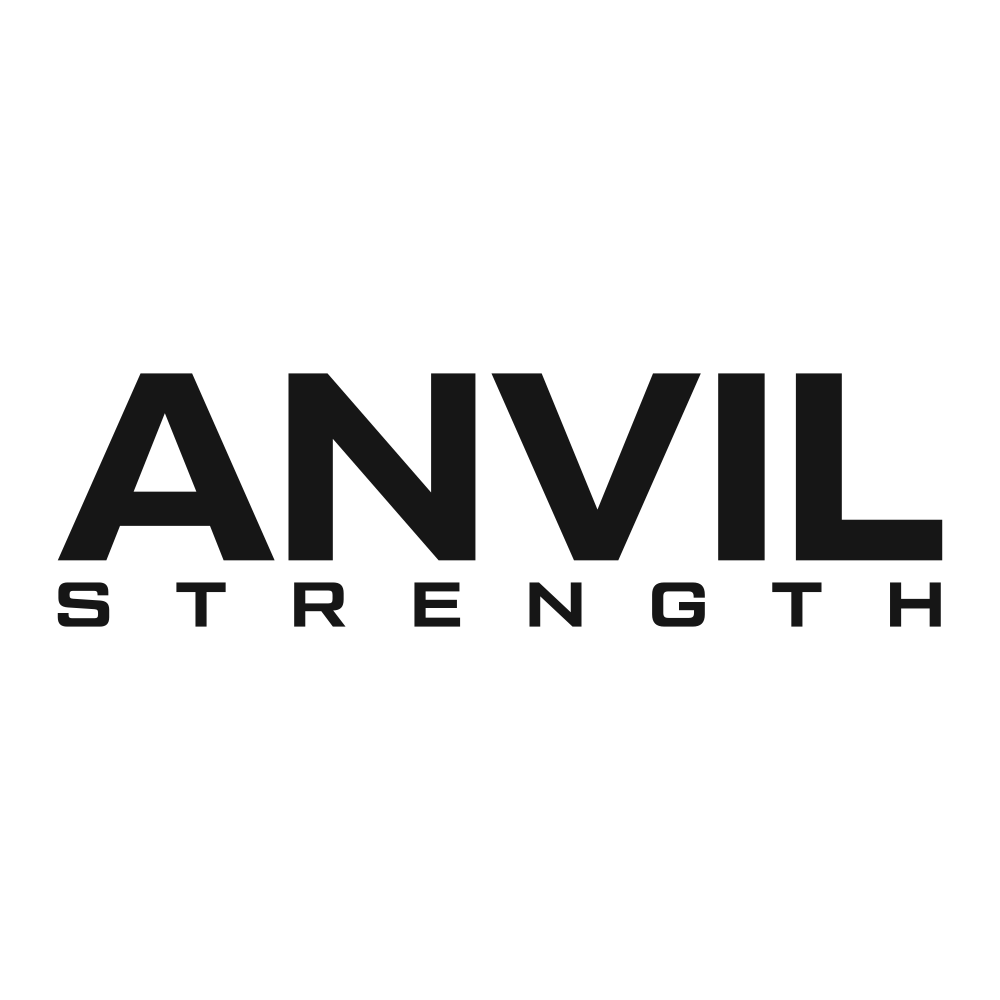
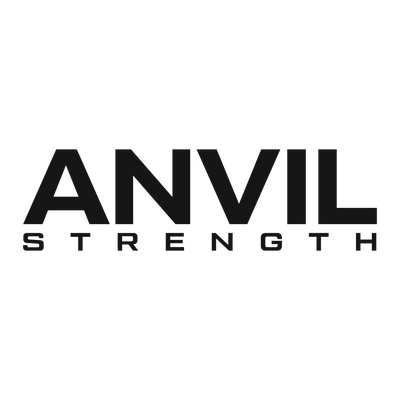
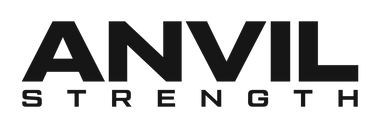
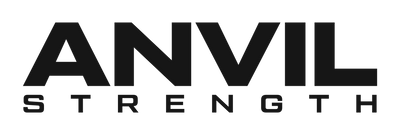
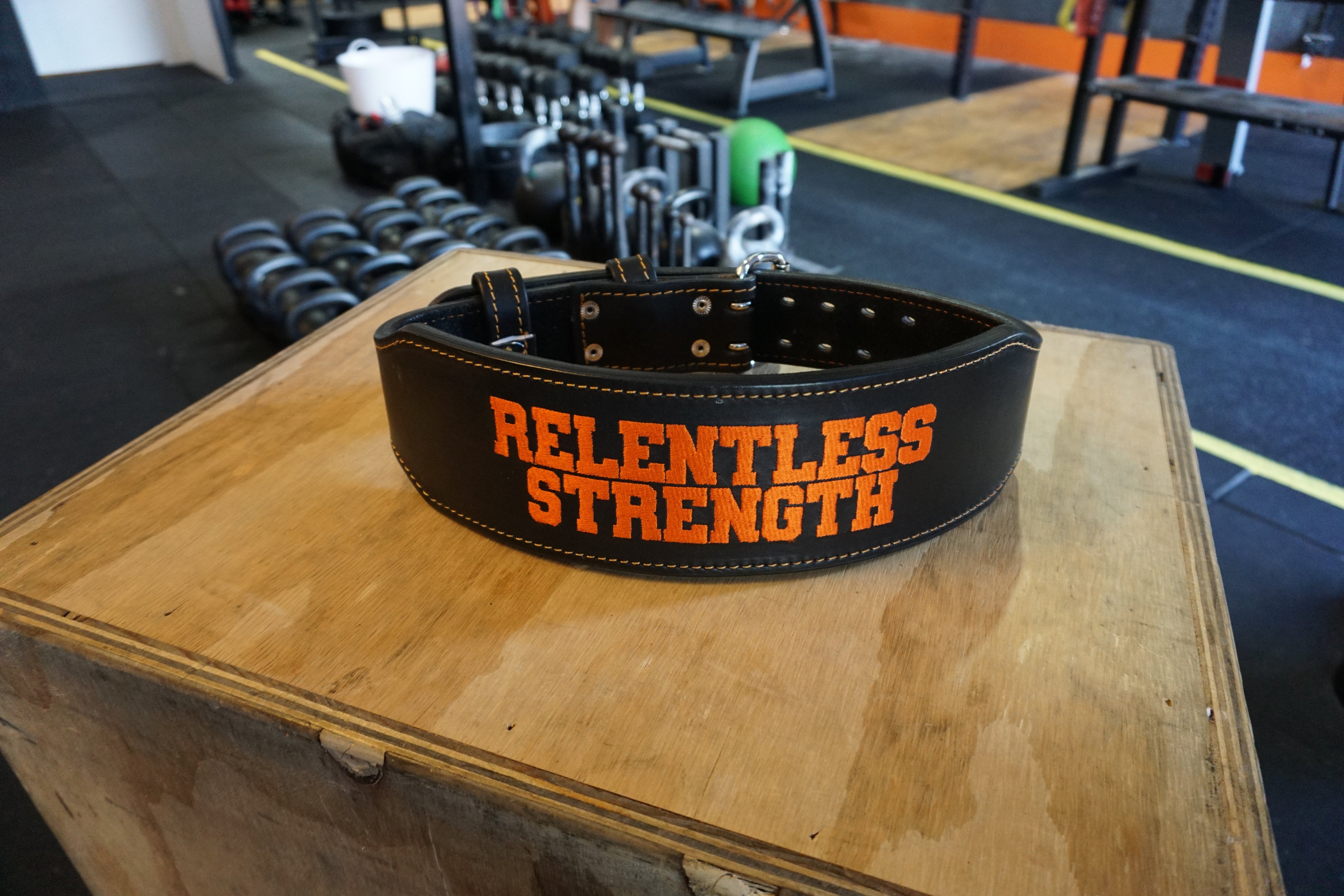
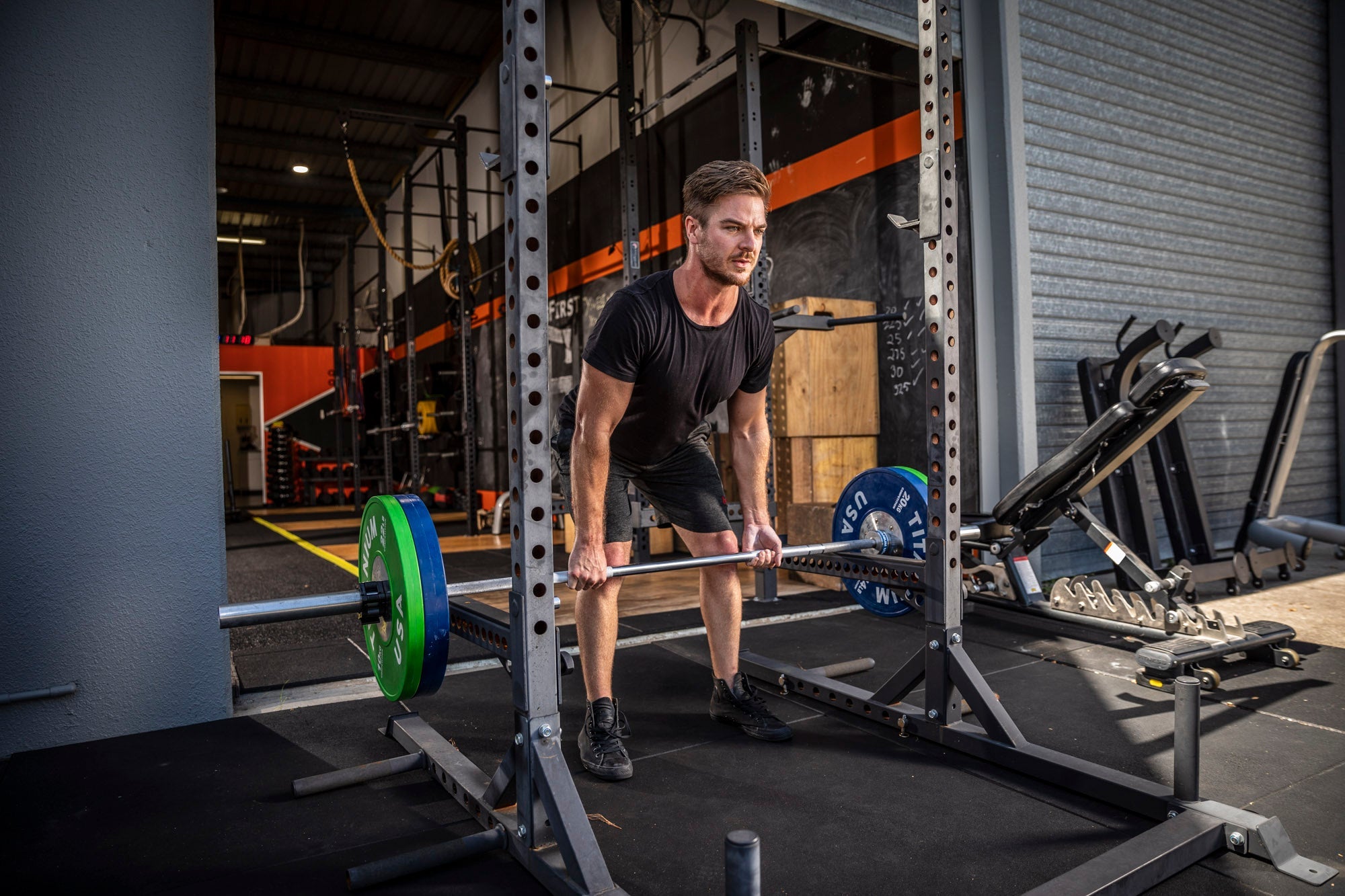
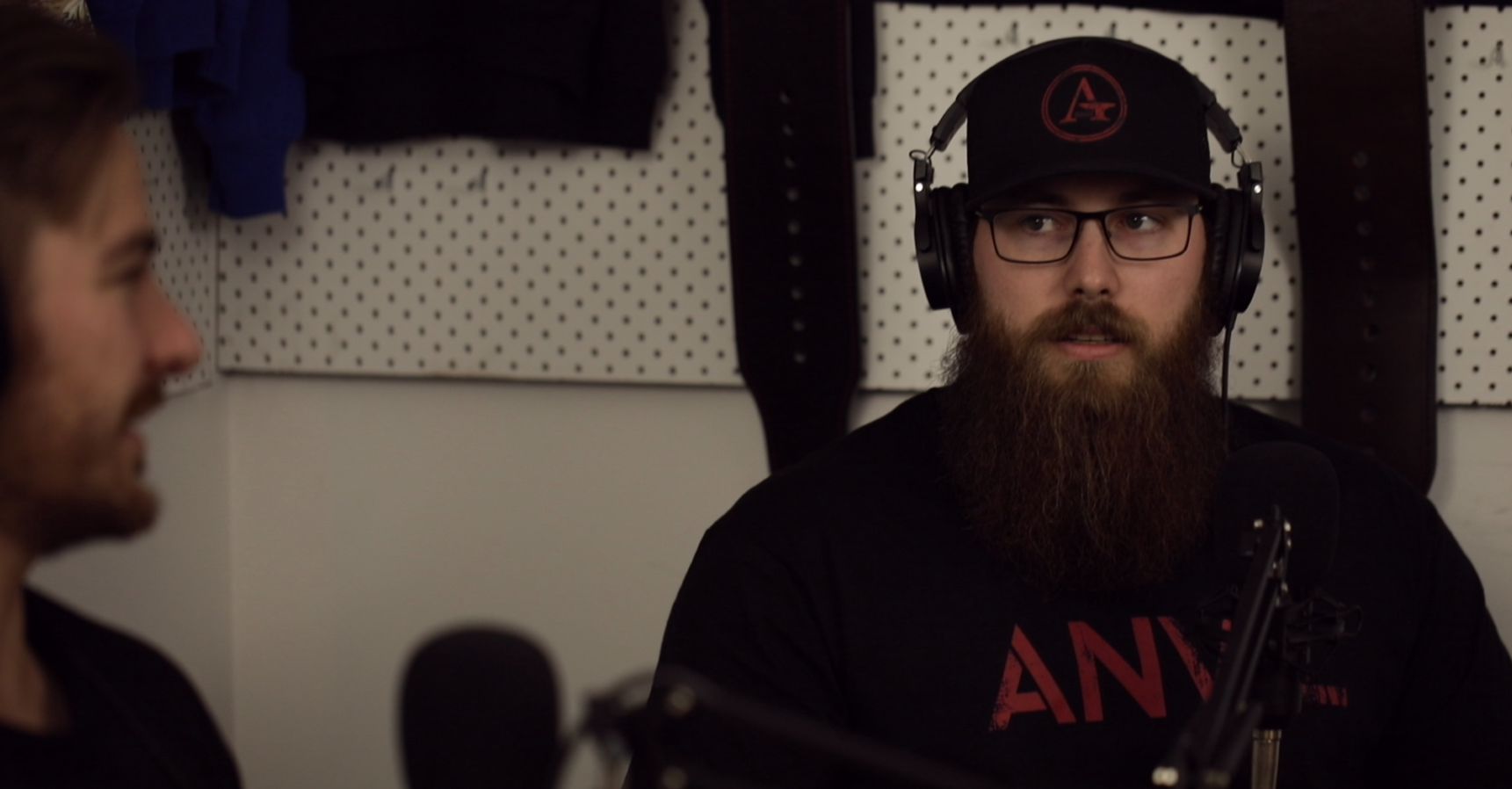
Leave a comment